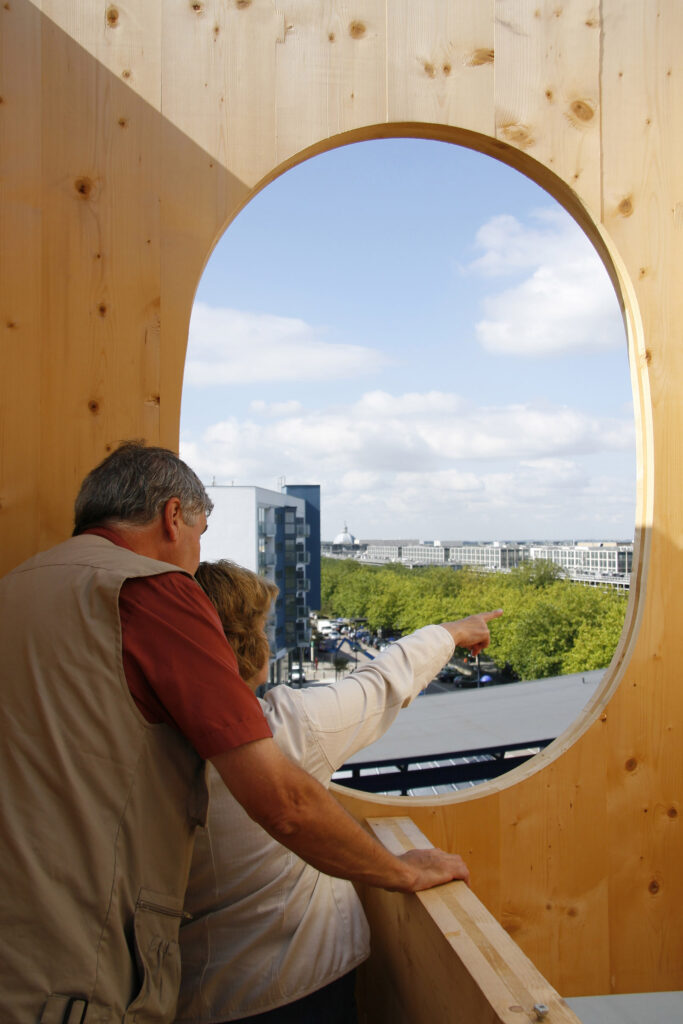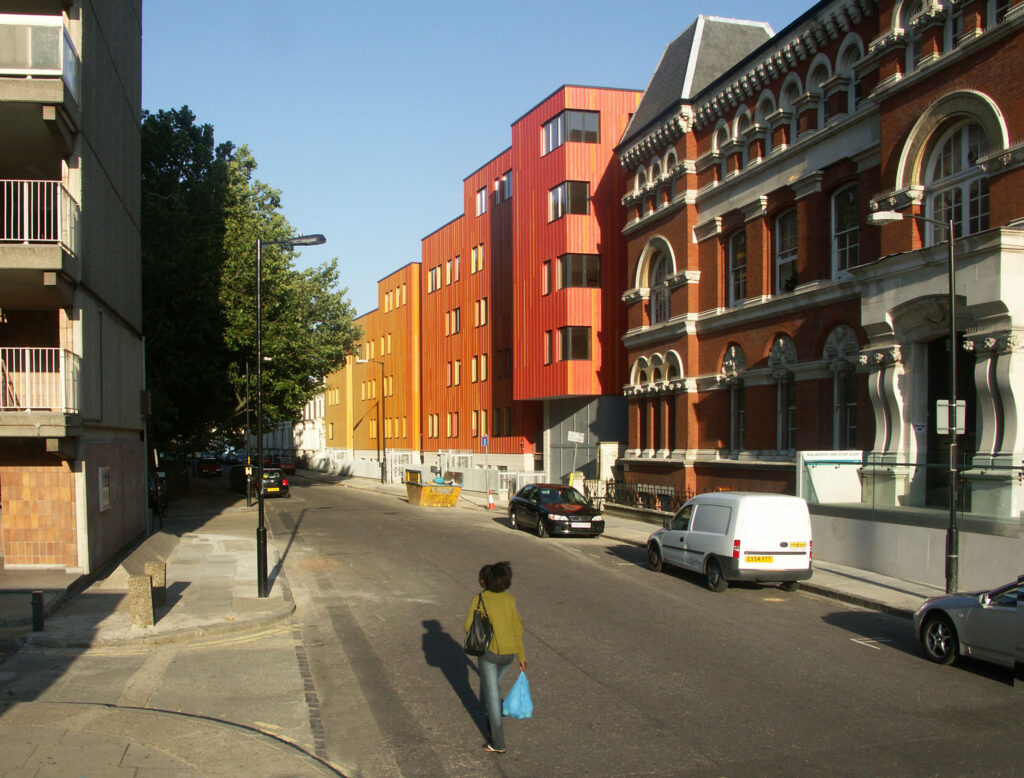Results [0]
Architects of joy
Fostering a culture of joy has always been at the heart of our practice.





People should feel secure, cared for, and happy in the places they live and work.
Architecture that embodies joy is a unifying feature of our work. Whether through colour, form or materials, our buildings burst with optimism and identity. We create places that improve daily life by talking to individuals and communities to understand what they need from the places they live, work and play in. Positivity and playfulness in design can co-exist with quality, innovation and functionality. Our buildings are proof of this.



Creating buildings that are unique, memorable and uplifting is our forte.
We approach every project brief as a blank canvas that enables us to truly engage with the potential of our buildings. What makes their context unique? Who are the people that will form their future community? What inspires, awakens and represents those people? In answering these vital questions, we create buildings whose unique identities instil a sense of pride in the people who use them.
We don’t make boring architecture.

Director

Insight: Judith Stichtenoth


We love colour and we’re not afraid to use it.
Colour can be as powerful as space, light and proportion in strengthening the impact of architecture. It uplifts urban places, provides a clear sense of identity and translates feelings of positivity into a visual form. Sensitive to context, we draw on the hues that exist within a building’s surroundings to inform colour choices.
dRMM makes architecture that strengthens identity—colour is a big part of that.

Business Development

Insight: Tara Ryan



Joyful architecture restores and transforms communities.
Architecture has the power to transform communities through strategic design with better public realm, high-quality amenities and the appropriate use of colour, form and beautiful materials. These elements are integral to every project we build, from a single house or micro-industrial unit to masterplans and large-scale residential projects. Although different in function and scale, each responds to one common ambition: to put people’s well-being, health and happiness first.
There are so many people involved in the process of making architecture. It touches so many people’s lives.

Director

Insight: Philip Marsh

Related project
Tower of Love
Tower of Love is a glittering golden telescopic wedding tower in Blackpool. Inside, a vertical of Blackpool Tower frames couples exchanging vows.
